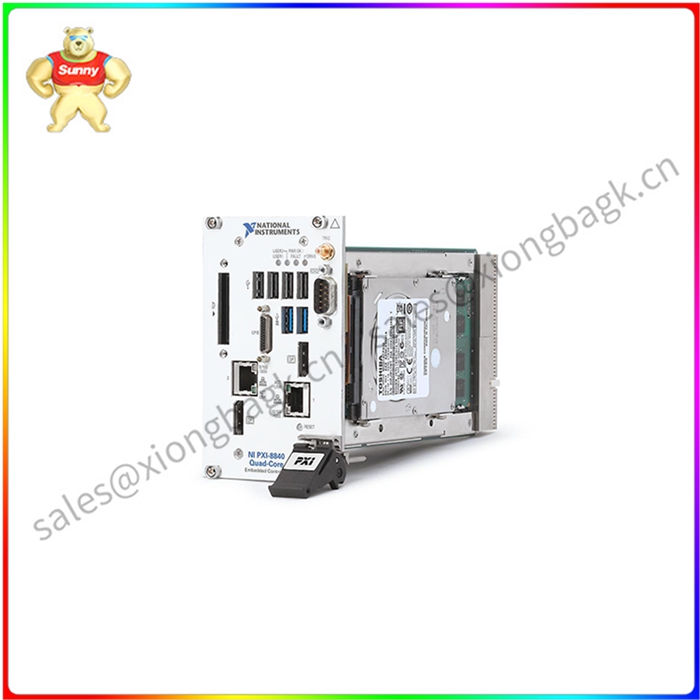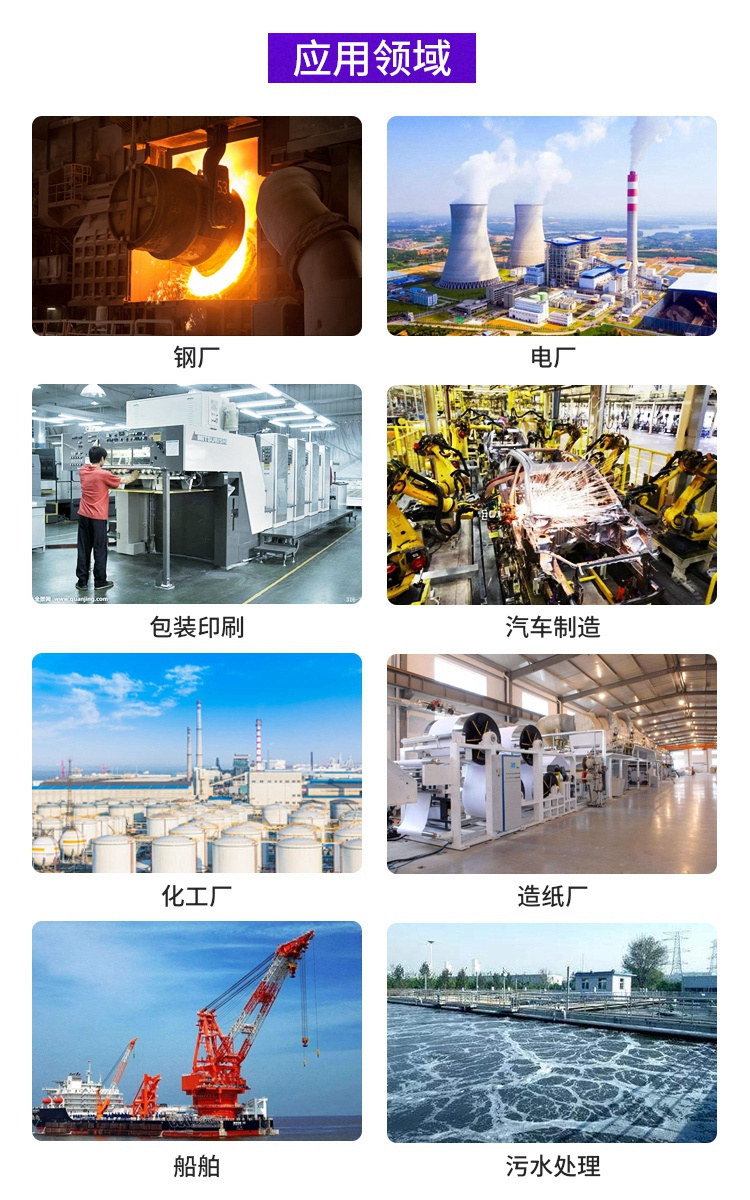PXI-8840 PXI 框架 的 插入 式 控制器
PXI-8840 (部件号: 785780-04, 785780-01, 785780-33, 785543-01, 784193-04, 784193-33, 和 155186B-112L) 配备 2.6 GHz 四核 处理器, 是 PXI 框架 的 插入 式 控制器。它的zui大控制器带宽为 132 MB/s,片上 L2 缓存为 3 MB。它可用于具有升级处理和数据采集的测量仪器应用。PXI 8840 控制器 包含 2 个 以 太 网 端口 ( 千兆 ) 10/100/1000BASE-TX、 2 个 USB 3.0 端口 和 4 个 USB 2.0 端口, 以及 一个 集成 硬盘, 1 个 RS-232 串行 端口, 1 个 ExpressCard/34 插槽 和 其它类型的外设 I/ O。NI PXI 8840 四核 前 板 上的 SMB 连接器 可以 与 任何 PXI 背板 触发 线 关联 或 关联 。触发器部分进程应防止两个资源与类似的触发线关联,从而导致触发器被双重驱动,并可能损坏硬件。四核处理器在一个物理封装中包含四个内核或计算引擎。为了扩大可处理的线程数量,NI PXI 8840整合了Intel超线程技术,该技术采用四个物理内核中的每一个,并将其拆分为两个虚拟内核,总共有八个虚拟内核,这八个虚拟内核可以执行8个计算任务,这在Windows 7等多任务条件下是有利的。
PXI 8840 包括 多 线程 框架 开发 环境, 如 NI LabVIEW, 它 可以 充分 利用 NI PXI 8840 上 的 处理 内核, 将 处理 内核 自然 分离 为 任务 独立 的 线程。
在此模型中,必须通过实现进度策略(包括:任务并行性、数据并行性和流水线)来构建应用程序,以创建四个自主执行线程。尽管如此,英特尔还是引入了 Turbo Boost 技术,为广泛的用途提供执行优势,而无需针对多核处理器对应用程序进行优化。

PXI-8840 PXI 框架 的 插入 式 控制器
PXI-8840 (Part Number: 785780-04, 785780-01, 785780-33, 785543-01, 784193-04, 784193-33, and 155186B-112L) with 2.6 GHz quad-core processors, It is a plug-in controller for PXI framework. It has a maximum controller bandwidth of 132 MB/s and an on-chip L2 cache of 3 MB. It can be used in measuring instrument applications with upgrade processing and data acquisition. The PXI 8840 controller contains 2 Ethernet ports (Gigabit) 10/100/1000BASE-TX, 2 USB 3.0 ports, and 4 USB 2.0 ports, as well as an integrated hard disk, 1 RS-232 serial port, and 2 USB 2.0 ports. 1 ExpressCard/34 slot and other types of peripheral I/ O. The SMB connector on the NI PXI 8840 quad-core front board can be associated with or associated with any PXI backplane trigger wire. The trigger part process should prevent two resources from being associated with similar trigger lines, causing the trigger to be double-driven and possibly damaging the hardware. A quad-core processor contains four cores, or compute engines, in a physical package. To expand the number of threads that can be handled, the NI PXI 8840 incorporates Intel Hyperthreading technology, which takes each of the four physical cores and splits them into two virtual cores for a total of eight virtual cores that can perform eight computing tasks, which is advantageous under multitasking conditions such as Windows 7.
The PXI 8840 includes multi-thread framework development environments, such as NI LabVIEW, which can take full advantage of the processing kernel on the NI PXI 8840 and naturally separate the processing kernel into task-independent threads.
In this model, the application must be built by implementing schedule strategies, including task parallelism, data parallelism, and pipelining, to create four autonomous threads of execution. Nonetheless, Intel has introduced Turbo Boost technology to provide execution benefits for a wide range of uses without having to optimize applications for multi-core processors.






 QQ在线客服
QQ在线客服